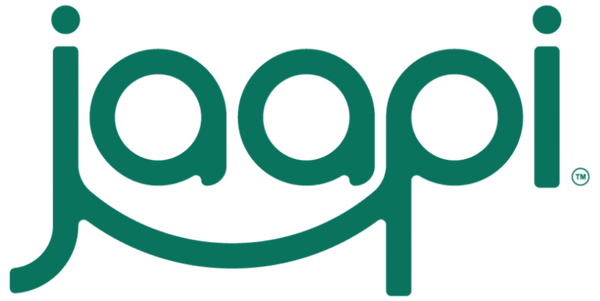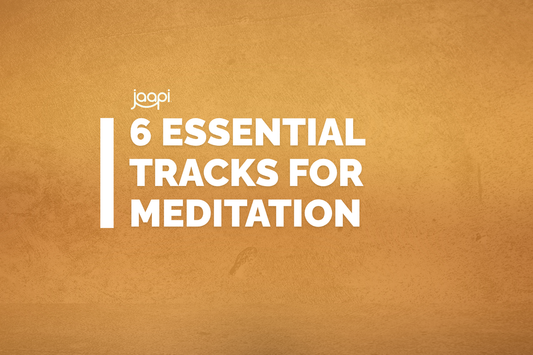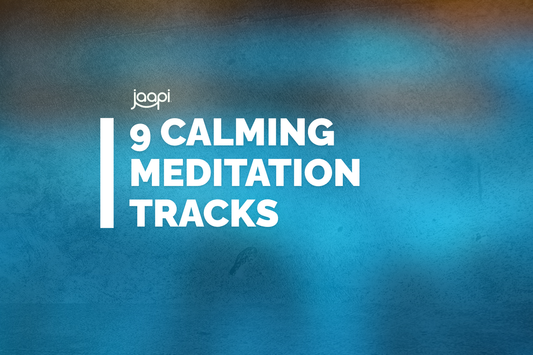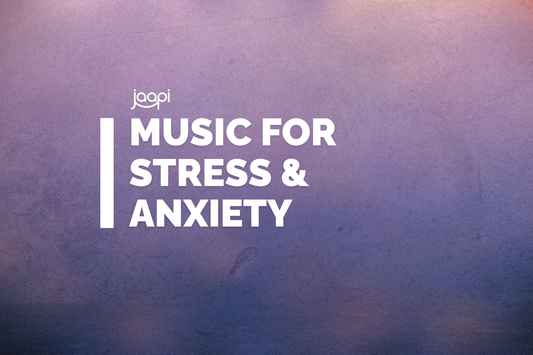What Are the Cons of Sound Healing? Risks & Limitations
Sound healing is celebrated for its calming benefits, but like any wellness practice, it's not perfect for everyone. Understanding the limitations and safety considerations helps you (or your clients) create a practice that feels truly supportive.
Affiliate Disclosure: As an Amazon Associate, we earn from qualifying purchases. We only recommend external tools that complement your practice.
Who Should Be Extra Careful?
Most people experience sound healing as deeply relaxing and safe. That said, if you have sound sensitivities, epilepsy, or are going through acute mental distress, it's worth starting slowly and paying attention to how your body responds. In rare cases, intense sound sessions can bring up unexpected emotions—which isn't necessarily bad, but it helps to know what you're walking into.
Common Side Effects to Watch For
- Emotional releases - Sometimes sound brings feelings to the surface you didn't know were there
- Temporary discomfort - Headaches or dizziness can happen, especially with certain frequencies or if the volume's too high
- Sleep issues - Using the wrong frequencies before bed might actually keep you up. (Our guide on the best frequencies for sleep can help you avoid this.)
- Physical reactions - If you have a pacemaker or cochlear implant, strong vibrations from singing bowls should be avoided
When to Talk to Your Doctor First
If you're pregnant, have epilepsy, wear a pacemaker, or have intense tinnitus, check with your healthcare provider before diving into sound therapy. It's also worth noting: sound healing works best as a complement to medical care, not a replacement for it.
For more on safety, see our post on sound healing risks.
Explore our royalty free sound healing music to experiment with different frequencies in a comfortable, controlled way.
Start gentle:
Download free meditation music and begin with shorter sessions.
Best Practices for Safe Sessions
- Start small - Try 10-15 minute sessions first, gradually increasing as you get comfortable
- Keep volume reasonable - Good headphones help you hear frequencies clearly without cranking the volume
- Get comfortable - A meditation cushion makes longer sessions much easier on your body
- Track what works - Keep a journal to note which frequencies feel good and which don't—everyone responds differently
- Know when to pause - If you feel uncomfortable, dizzy, or anxious, just stop. There's no prize for pushing through discomfort.
What Sound Healing Can't Do
It's important to have realistic expectations. Sound healing isn't instant magic—benefits usually build over time. It doesn't replace medical care. And what works beautifully for one person might do nothing for another. Sometimes the healing process brings up uncomfortable feelings before you feel better, and that's actually normal.
Finding What Works for You
Different frequencies affect people in different ways. If you're just starting out, gentler tones like 432 Hz tend to feel more grounding than intense higher frequencies. You can explore our complete frequency guide to see which tones match your wellness goals.
Sound healing offers real benefits when practiced mindfully. By understanding the limitations and taking simple precautions, you can create a practice that feels genuinely nourishing and safe for your unique needs.









